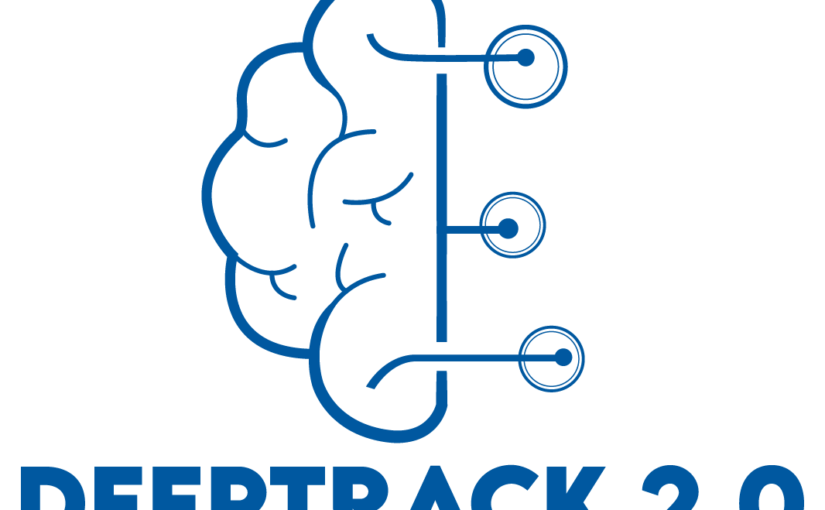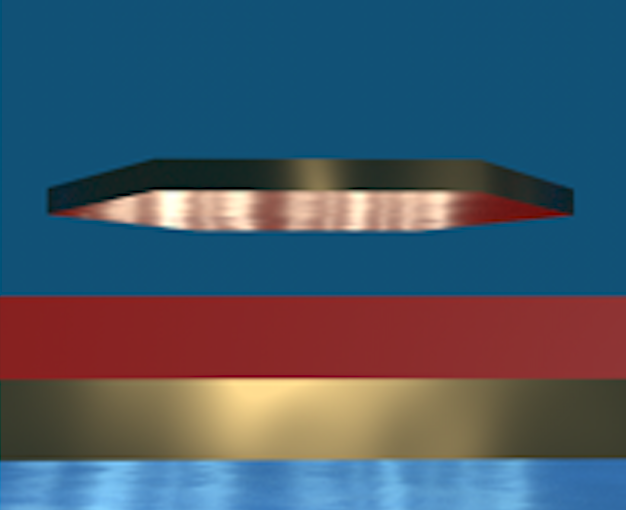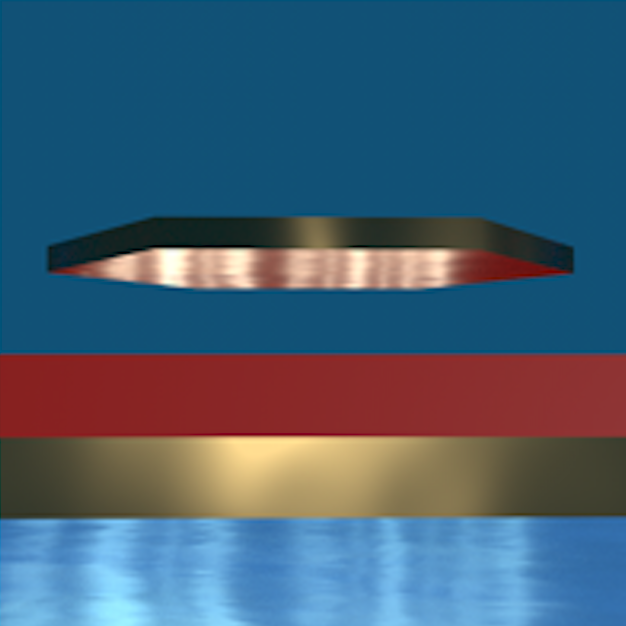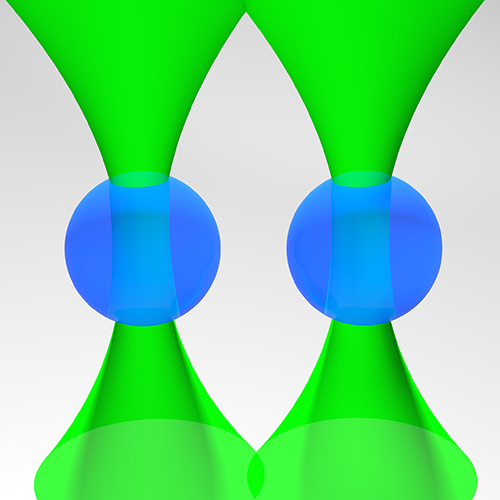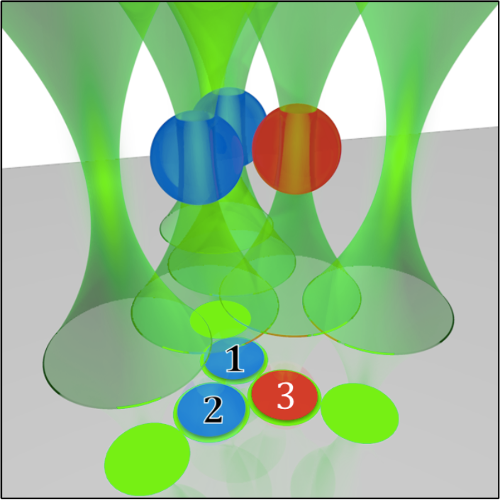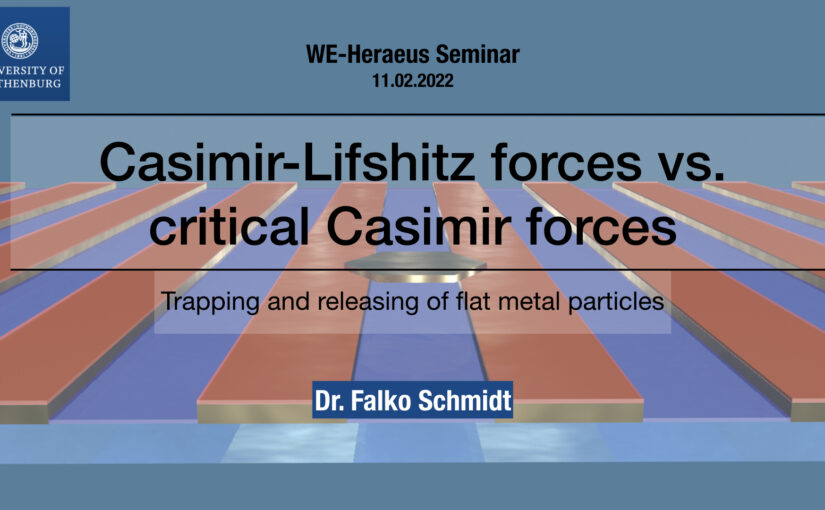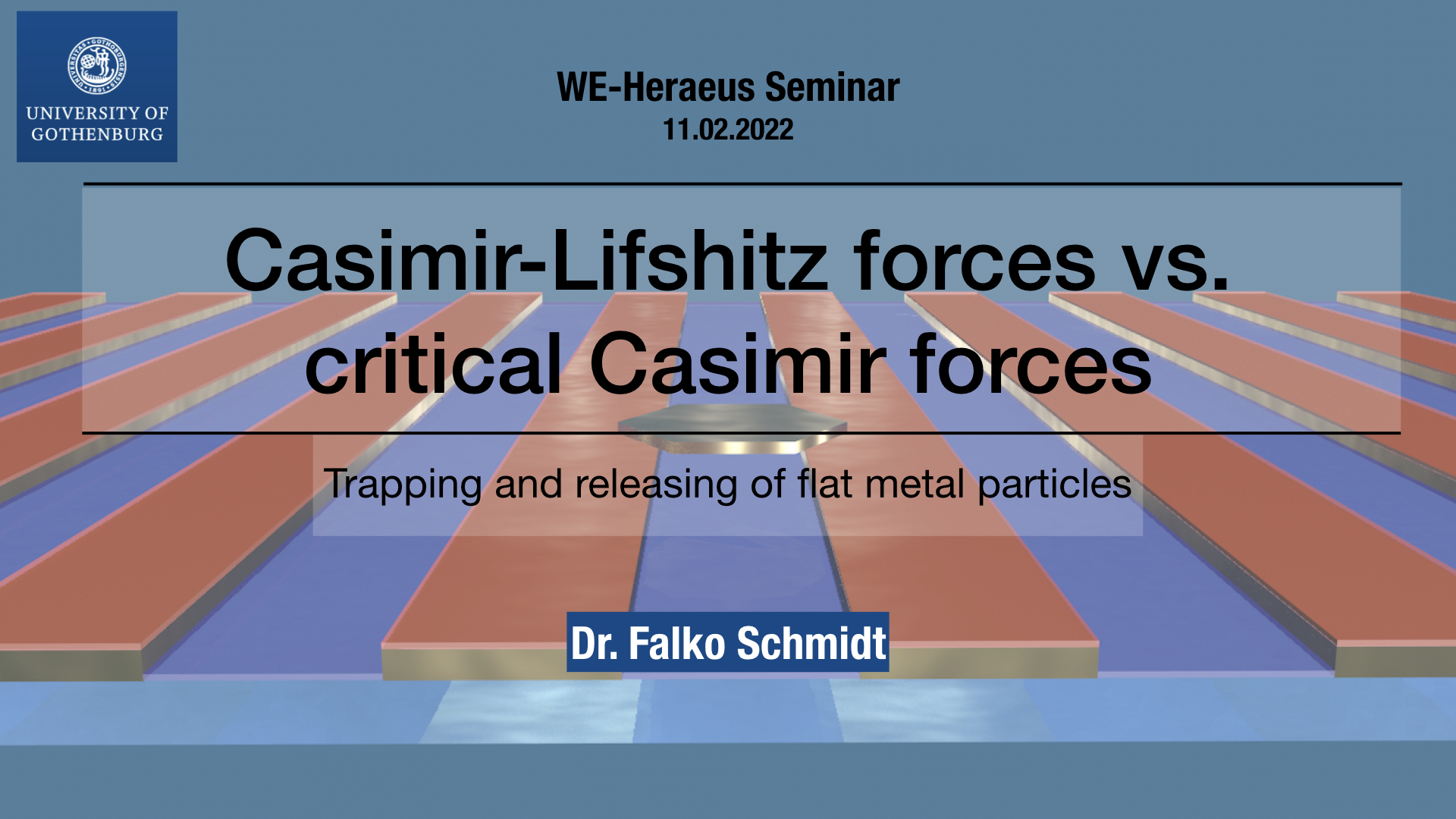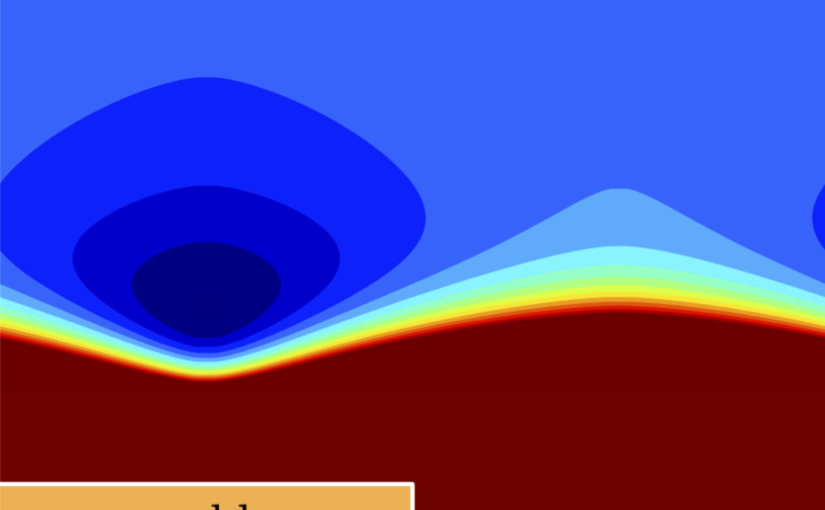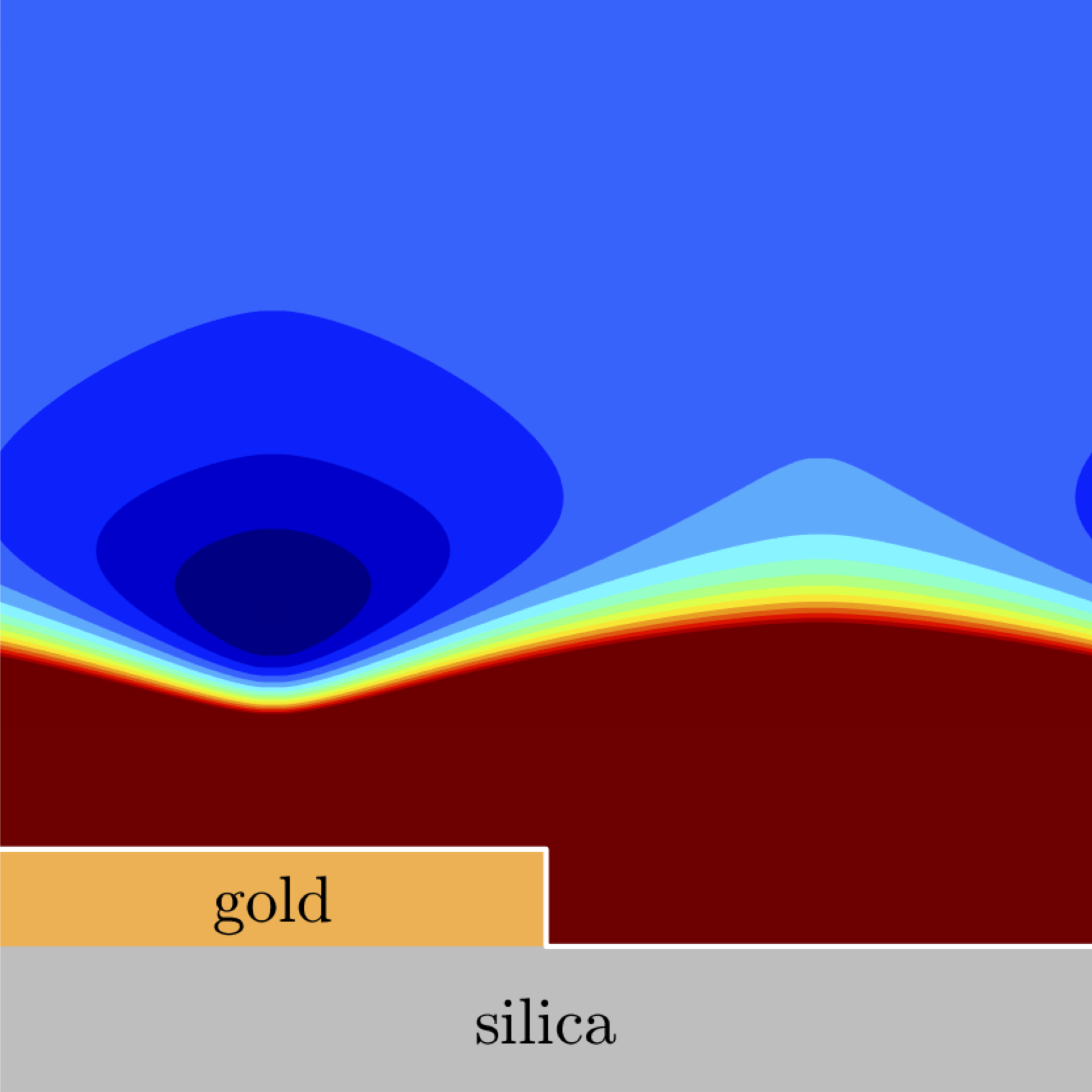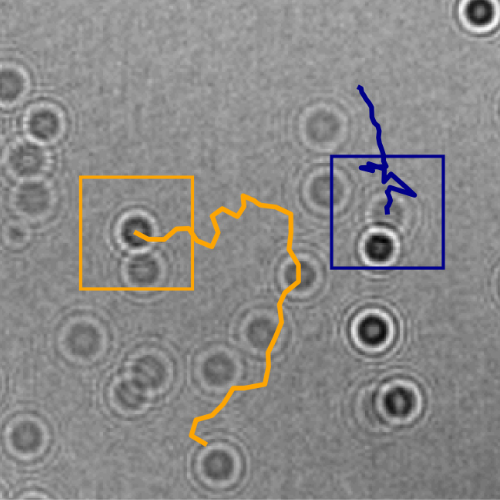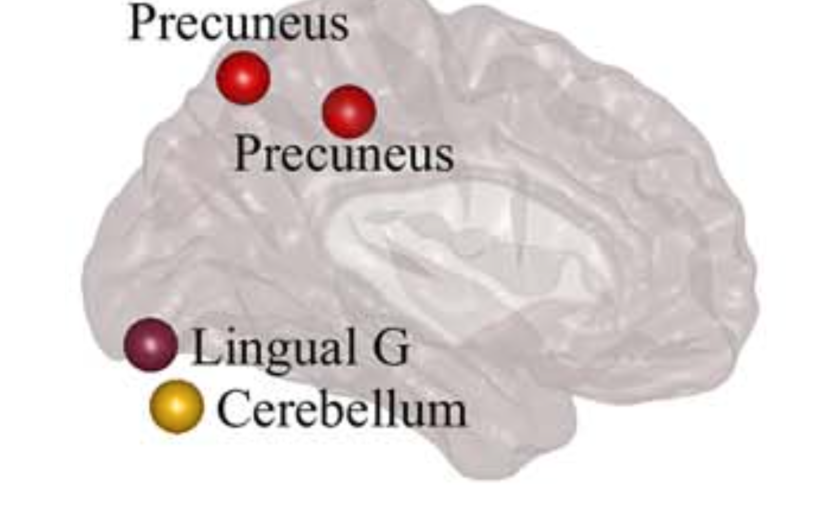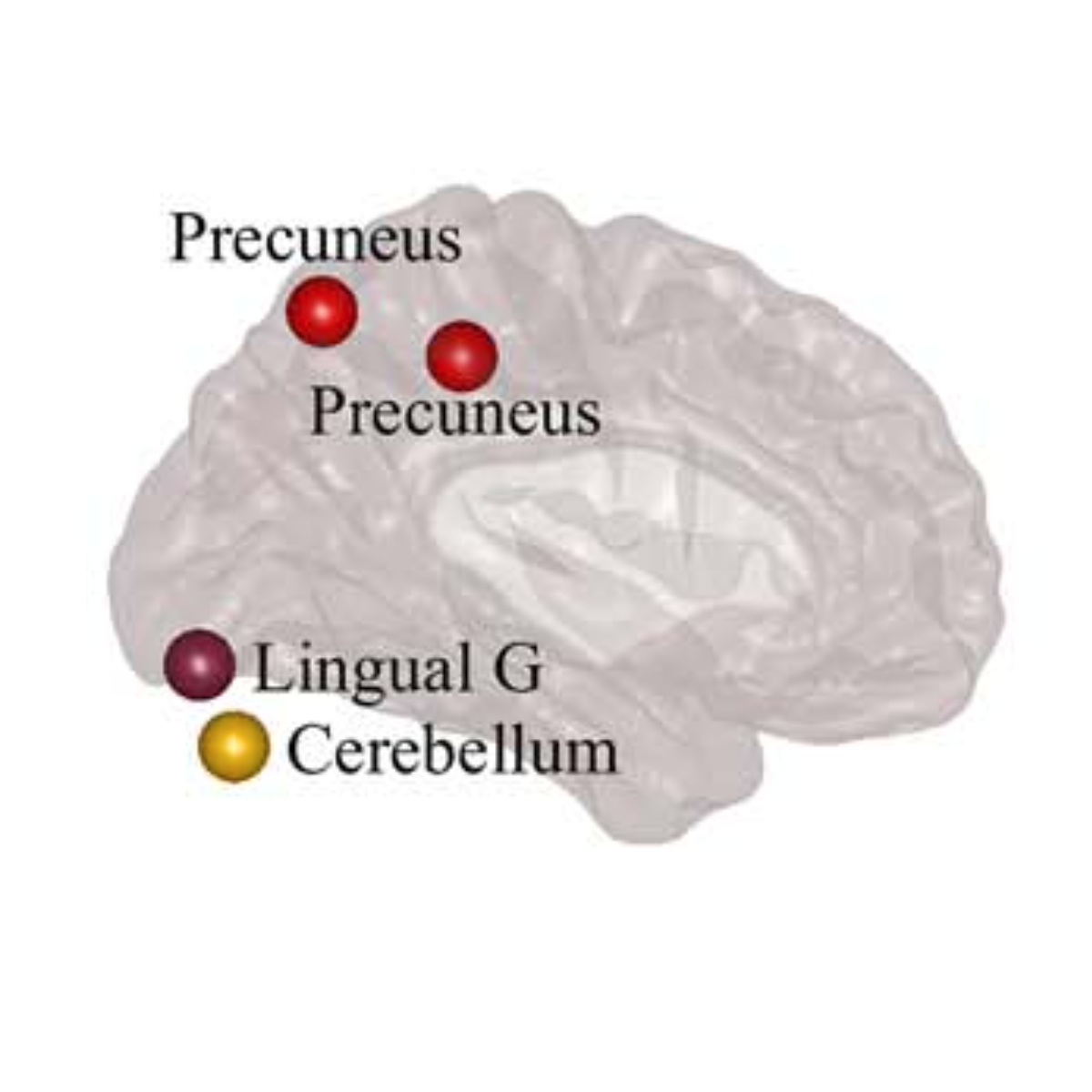
Giovanni Volpe
3 March 2022, 13:15
Plenary talk for Physics Days 2022 – Future Leaders
Online
After a brief overview of artificial intelligence, machine learning and deep learning, I will present a series of recent works in which we have employed deep learning for applications in microscopy, optical tweezers, and active matter. In particular, I will explain how we employed deep learning to enhance digital video microscopy [1,2], to perform virtual staining of [3], to estimate the properties of anomalous diffusion [4,5,6], to characterize microscopic force fields [7], to improve the calculation of optical forces [8], and to characterize nanoparticles [9]. Finally, I will provide an outlook on the future for the application of deep learning in these fields.
References
[1] S. Helgadottir, A. Argun, and G. Volpe. Digital video microscopy enhanced by deep learning. Optica 6, 506 (2019).
[2] B. Midtvedt, S. Helgadottir, A. Argun, J. Pineda, D. Midtvedt, and G. Volpe. Quantitative digital microscopy with deep learning. Appl. Phys. Rev. 8, 011310 (2021).
[3] S. Helgadottir, B. Midtvedt, J. Pineda, et al. Extracting quantitative biological information from bright-field cell images using deep learning. Biophys. Rev. 2, 031401 (2021).
[4] S. Bo, F. Schmidt, R. Eichhorn, and G. Volpe. Measurement of anomalous diffusion using recurrent neural networks. Phys. Rev. E 100, 010102 (2019).
[5] A. Argun, G. Volpe, and S. Bo. Classification, inference and segmentation of anomalous diffusion with recurrent neural networks. J. Phys. A: Math. Theor. 54, 294003 (2021).
[6] G. Muñoz-Gil, G. Volpe, M. A. Garcia-March, et al. Objective comparison of methods to decode anomalous diffusion. Nat. Commun. 12, 6253 (2021).
[7] A. Argun, T. Thalheim, S. Bo, F. Cichos, and G. Volpe. Enhanced force-field calibration via machine learning. Appl. Phys. Rev. 7, 041404 (2020).
[8] I.C.D. Lenton, G. Volpe, A.B. Stilgoe, T.A. Nieminen, and H. Rubinsztein-Dunlop. Machine learning reveals complex behaviours in optically trapped particles. Mach. Learn.: Sci. Technol. 1, 045009 (2020).
[9] B. Midtvedt, E. Olsén, F. Eklund, F. Höök, C.B. Adiels, G. Volpe, and D. Midtvedt. Fast and accurate nanoparticle characterization using deep-learning-enhanced off-axis holography. ACS Nano 15, 2240 (2021).
Link: Physics Days 2022 – Future Leaders
The Physics Days 2022 is organized by the Finnish Physical Society and the Department of Applied Physics at Aalto University.
